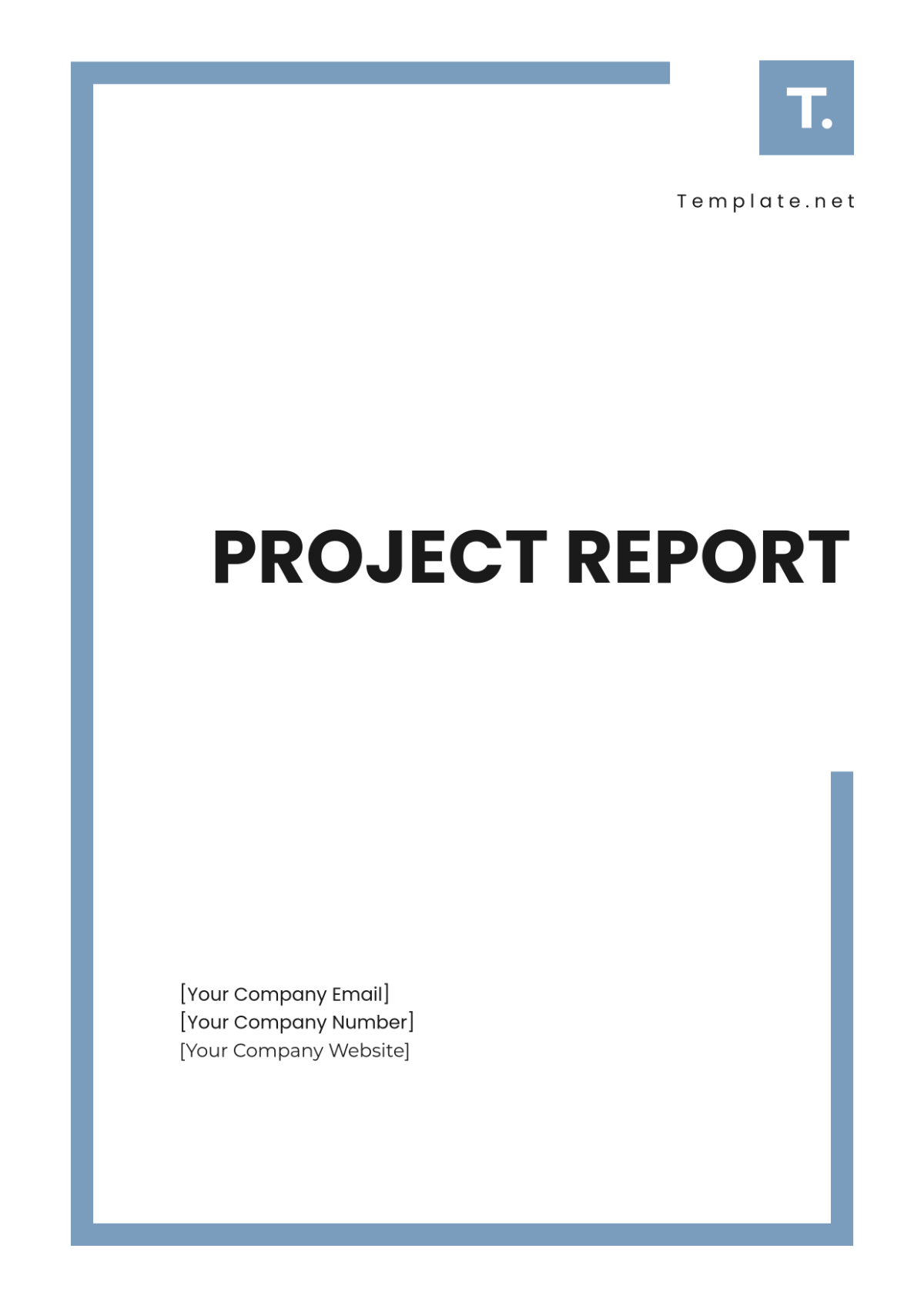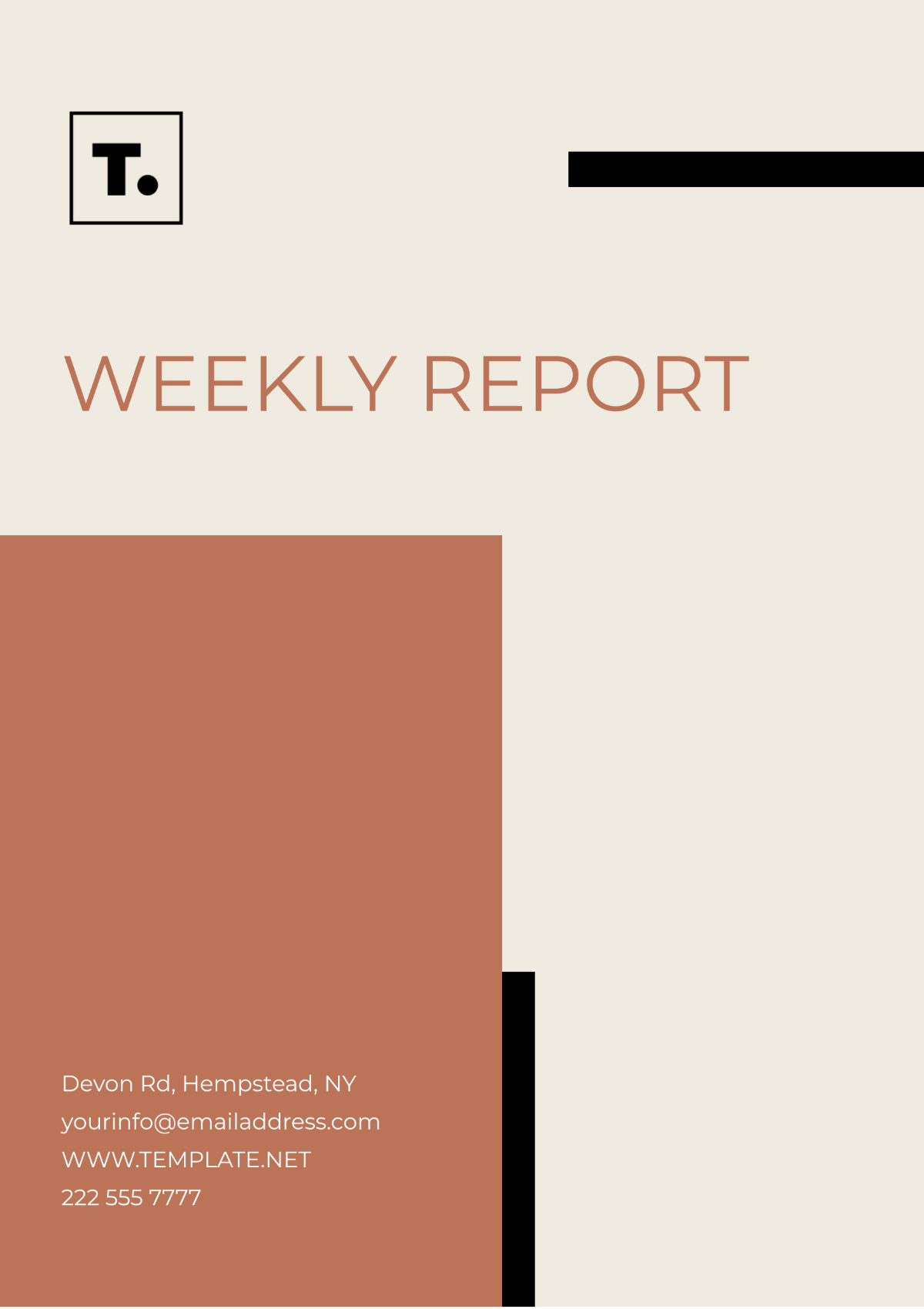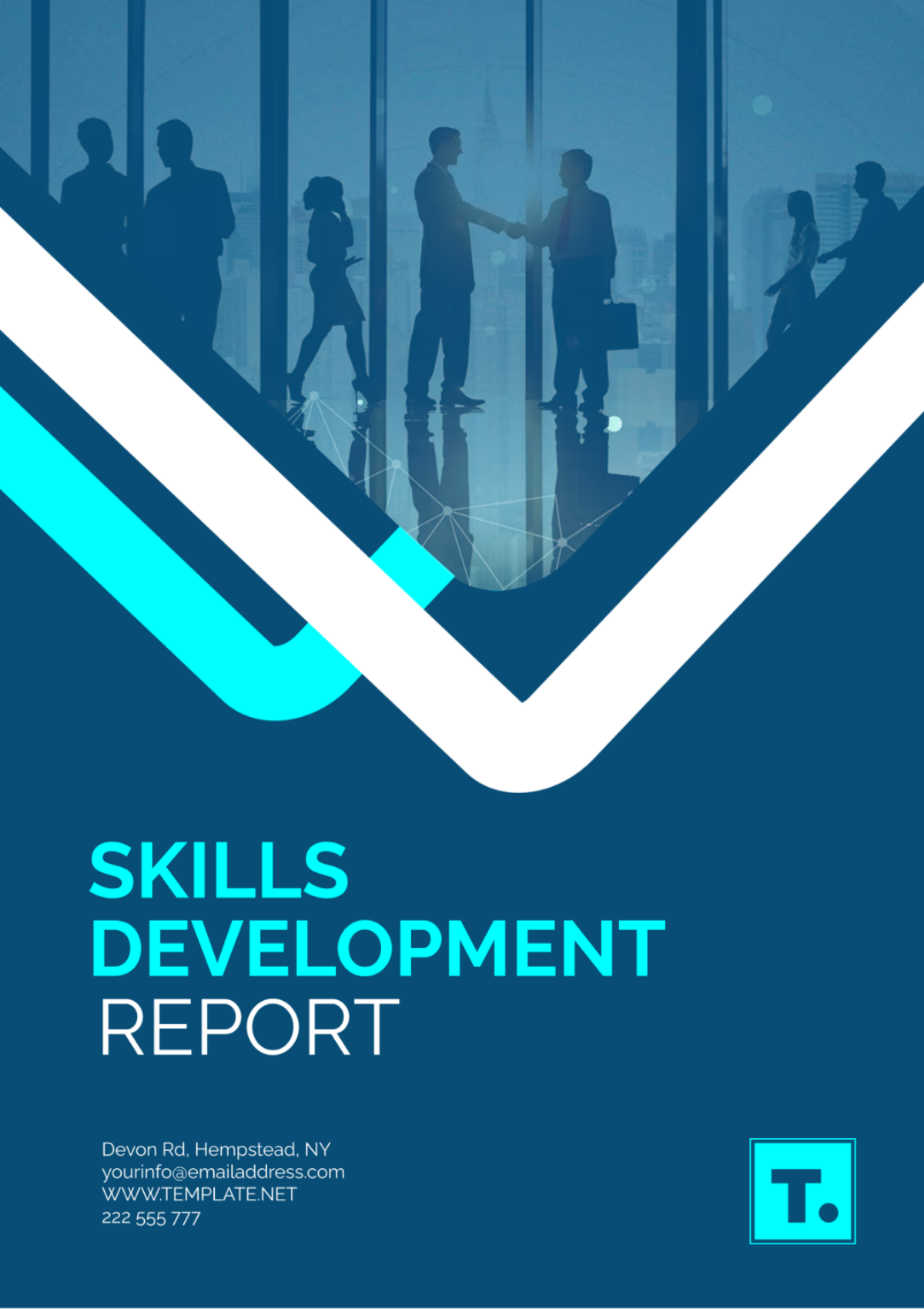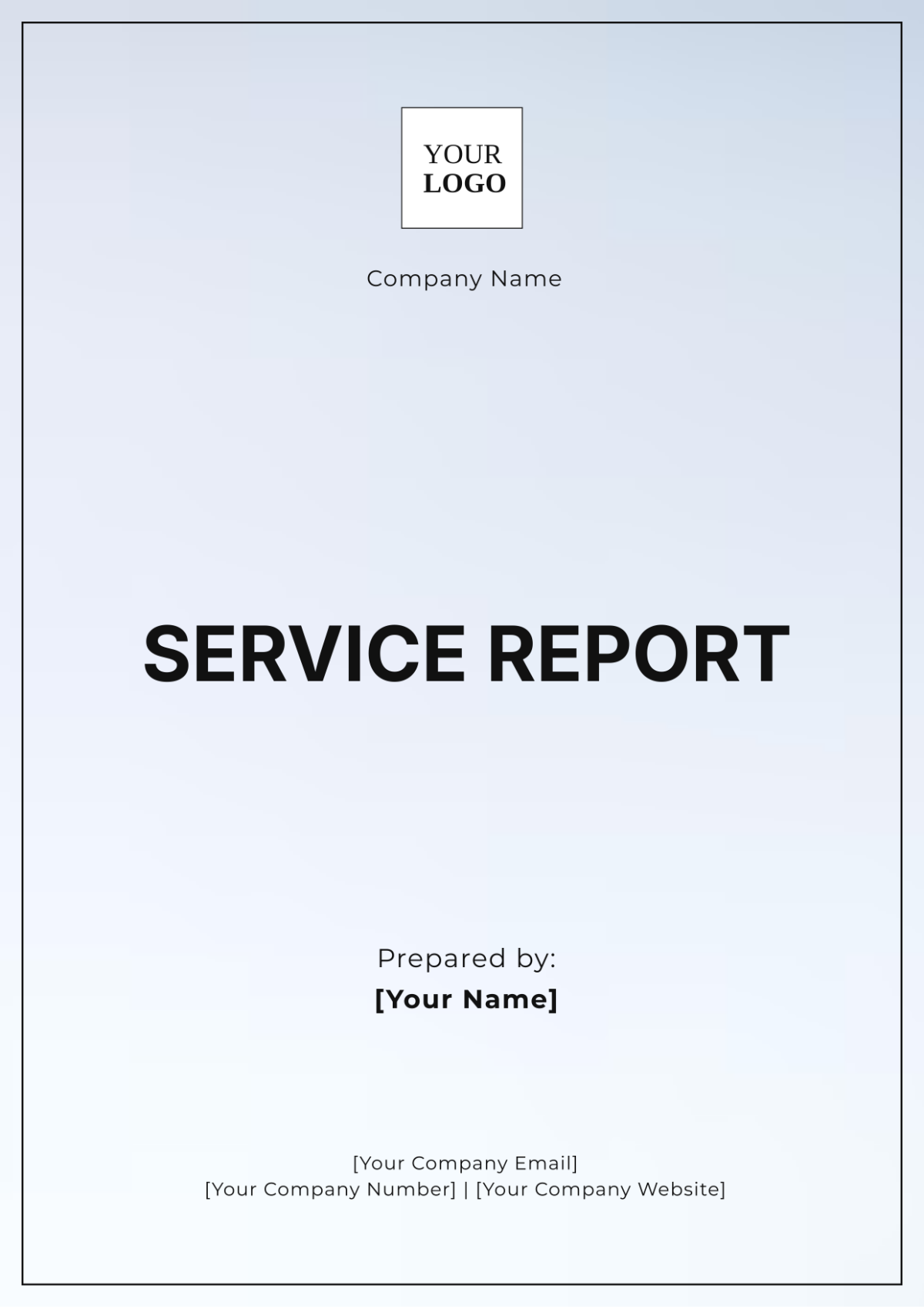I. Executive Summary
This Architecture Management Report presents an in-depth analysis of [Your Company Name]'s current architectural framework, emphasizing its alignment with industry standards and compliance with US regulations. Key findings indicate that while our architecture supports operational efficiency and scalability, there are areas for improvement in integrating emerging technologies and enhancing cybersecurity measures. Our conclusions underscore the necessity for strategic upgrades to maintain competitiveness and foster innovation.
The strategic importance of architecture in achieving organizational goals is paramount. By aligning our architectural practices with business objectives, we can ensure robust performance, agility, and sustainability. Our recommendations focus on adopting advanced architectural methodologies, enhancing collaboration between IT and business units, and implementing rigorous compliance checks to uphold legal and regulatory standards, ultimately driving our organization towards sustained growth and success.
II. Introduction
The purpose of this Architecture Management Report is to evaluate our current architectural practices, identify strengths and weaknesses, and provide actionable recommendations to align our architecture with the organization’s strategic goals. This report encompasses an analysis of our architectural framework, adherence to relevant US laws and industry standards, and integration of emerging technologies to ensure robust, scalable, and secure infrastructure.
The scope of this report includes a comprehensive review of our enterprise architecture, covering application, data, technology, and business architectures. We assess the current state, identify gaps, and propose enhancements to optimize performance, ensure compliance, and support innovation. Our evaluation extends to the examination of governance structures, architectural processes, and stakeholder engagement.
To conduct this evaluation, we employed a multi-faceted methodology, incorporating qualitative and quantitative analyses. We reviewed architectural documentation, conducted interviews with key stakeholders, and benchmarked our practices against industry standards such as TOGAF (The Open Group Architecture Framework) and COBIT (Control Objectives for Information and Related Technologies). Additionally, we ensured compliance with US regulations, including the National Institute of Standards and Technology (NIST) guidelines and Federal Information Security Management Act (FISMA) requirements.
This report leverages the architecture management framework to provide a structured approach to the evaluation, ensuring comprehensive coverage of all critical aspects of our architectural landscape and delivering insights to drive strategic improvements.
III. Current Architecture Overview
Our existing architecture is composed of a variety of systems, technologies, and processes that support our organizational operations. Detailed descriptions illustrate the interactions among key components. By examining application, data, and technology architectures, as well as governance and deployment processes, this section lays the groundwork for identifying improvements and aligning our architecture with strategic objectives.
A. Systems and Technologies
Our architecture integrates diverse systems and technologies to streamline business operations and enhance performance. This section examines the core applications, data management solutions, and technological infrastructure that form the backbone of our enterprise architecture, illustrating their roles and interactions within the organization.
1. Application Architecture
Our application architecture consists of a diverse portfolio of software applications designed to support business operations. This includes:
Enterprise Resource Planning (ERP) System: Integrated modules for finance, human resources, and supply chain management.
Customer Relationship Management (CRM) System: Tools for managing customer interactions, sales, and marketing.
Business Intelligence (BI) Tools: Analytics platforms for data reporting and decision support.
2. Data Architecture
The data architecture framework includes:
Databases: A mix of relational (SQL) and non-relational (NoSQL) databases.
Data Warehousing: Centralized repositories for structured and unstructured data, facilitating analytics and reporting.
Data Integration: ETL (Extract, Transform, Load) processes and middleware for data synchronization across systems.
3. Technology Architecture
Our technology stack comprises:
Infrastructure: On-premises servers, cloud computing services (AWS, Azure), and hybrid solutions.
Networking: High-speed, secure network infrastructure, including VPNs, firewalls, and load balancers.
Security: Comprehensive cybersecurity measures, such as encryption, intrusion detection systems (IDS), and multi-factor authentication (MFA).
B. Processes
Robust processes ensure the effective implementation and management of our architecture. This section outlines the governance structures, development methodologies, and change management procedures that support architectural integrity, promote alignment with business objectives, and facilitate continuous improvement across the organization.
1. Architectural Governance
A formalized governance structure ensures alignment between IT and business strategies. This includes:
Architecture Review Board (ARB): A cross-functional team overseeing architectural standards, policies, and compliance.
Change Management Process: Procedures for evaluating and implementing changes to the architecture, ensuring minimal disruption.
2. Development and Deployment
Our software development lifecycle (SDLC) follows agile methodologies, emphasizing iterative development, continuous integration, and deployment (CI/CD). Key components include:
Development: Utilizing DevOps practices for collaboration between development and operations teams.
Testing: Automated and manual testing to ensure software quality and reliability.
Deployment: Seamless release processes, leveraging containerization (Docker) and orchestration (Kubernetes).
IV. Performance and Metrics
Assessing our architecture's performance against predefined metrics and industry benchmarks is crucial for ensuring its effectiveness. This section presents a comprehensive evaluation, examining key performance indicators such as uptime, scalability, security incidents, and efficiency. By analyzing trends and benchmarks, we gain valuable insights into the strengths and areas for improvement within our architectural framework, guiding strategic decision-making.
A. System Reliability
System reliability is measured by uptime and mean time between failures (MTBF). Over the past year, our systems have maintained an average uptime of 99.98%, exceeding the industry benchmark of 99.95%. The MTBF has also shown a positive trend, indicating robust system stability.
B. Scalability
Scalability is evaluated based on the system’s ability to handle increased loads without performance degradation. Our architecture has successfully supported a 30% increase in user traffic over the past year, with response times remaining within acceptable limits. This demonstrates our infrastructure's capacity to scale efficiently.
C. Security
Security performance is assessed through metrics such as the number of security incidents, time to detect and respond to threats, and compliance with security standards. Over the past year, we have experienced a 20% reduction in
security incidents and improved our average incident response time by 35%, reflecting enhanced security measures.
D. Efficiency
Efficiency metrics include system throughput, resource utilization, and operational cost savings. Our architecture has achieved a 15% increase in system throughput and a 10% reduction in resource utilization, contributing to significant cost savings and improved operational efficiency.
Performance Trends: Uptime, User Traffic, and Security Incidents Over 12 Months
The line graph depicts trends in key performance indicators over a 12-month period, based on the data. It illustrates fluctuations in uptime percentage, user traffic increase percentage, and the number of security incidents. By visually representing these metrics, stakeholders can discern patterns in reliability, scalability, and security posture. Analyzing the graph enables informed decision-making regarding architectural enhancements and resource allocation to address identified areas for improvement and sustain optimal performance.
V. Gap Analysis
The Gap Analysis section examines disparities between our current architecture and the envisioned future state, assessing various dimensions such as technology, processes, security, and scalability. Through a systematic evaluation, this analysis identifies areas where our architecture falls short of meeting organizational objectives, highlighting critical gaps that require attention and strategic intervention.
The bar chart compares the current and desired states across key architectural dimensions. For instance, in technology, the current state scores 6 while the desired state is 8. Similarly, processes show a gap of 2 points, with the current state at 5 and the desired state at 7. This visual representation aids in prioritizing efforts to bridge these gaps effectively.
VI. Risk Assessment
The Risk Assessment section evaluates potential threats and vulnerabilities within our current architecture, considering factors such as system failures, cyber attacks, data breaches, and regulatory non-compliance. Through a systematic analysis, we identify risks, assess their likelihood and potential impact on organizational operations, and propose mitigation strategies to safeguard against these threats.
Risk Category | Potential Risks | Likelihood | Impact | Mitigation Strategy |
|---|---|---|---|---|
System Failures | Hardware/software malfunction | Medium | High | Implement redundancy measures for system availability. |
Cyber Attacks | Malware, phishing, ransomware | High | High | Enhance cybersecurity with regular patching and employee training. |
Data Breaches | Unauthorized access, data theft | Medium | High | Encrypt data, implement access controls, and conduct security audits. |
Regulatory Compliance | Non-compliance with regulations | Medium | High | Develop and implement policies for regulatory compliance. |
VII. Recommendations and Roadmap
The Recommendations and Roadmap section offers actionable strategies to enhance our architecture and drive organizational growth. It suggests:
Technology Upgrades: Implementing modern technologies to improve system performance and scalability.
Enhanced Security Measures: Strengthening cybersecurity protocols to mitigate risks and protect sensitive data.
Process Optimization: Streamlining operational processes to enhance efficiency and agility.
Training and Development: Investing in employee training to foster a culture of innovation and continuous improvement.
The roadmap outlines a phased approach for implementing these recommendations:
Phase | Timeline | Activities |
|---|---|---|
1 | 0-6 months | Conduct technology assessment, identify security gaps, initiate process optimization. |
2 | 6-12 months | Implement technology upgrades, enhance cybersecurity measures, roll out process improvements. |
3 | 12-18 months | Monitor implementation progress, conduct training programs, measure the impact of changes. |
4 | 18-24 months | Evaluate results, make adjustments as necessary, prepare for future architectural enhancements. |
Following this roadmap ensures a systematic approach to implementing recommendations, with clear timelines, resource requirements, and key milestones.

















































